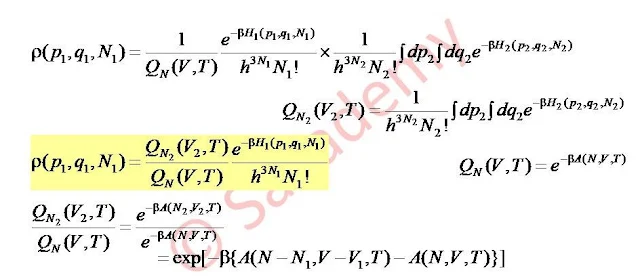महाराणा प्रताप ट्रेल सज्जनगढ़ उदयपुर में इको ट्रेल 30 नवम्बर को राजस्थान वन विभाग उदयपुर डिविजन तथा WWF-India उदयपुर डिविजन के सानिध्य में महाराणा प्रताप ट्रेल सज्जनगढ़ उदयपुर में इको ट्रेल की गई, जिसमें WWF-India के स्टेट काॅर्डिनेटर श्रीमान अरूण सोनी तथा वन विभाग कीे ओर से डाॅ. सतीश कुमार शर्मा, सेवानिवृत्त अधिकारी मौजूद थे। मुझे भी इस इको ट्रेल में जाने का सुअवसर प्राप्त हुआ, जो गोरीला व्यू पाॅइंट से बड़ी-लेक व्यू पाॅइंट तक की गई इसमें मुझे विज्ञान की एक नई शाखा के बारे में पता चला, जिसे टट्टी विज्ञान कहा जाता है। सुनने में आपको थोड़ा अजीब लगेगा, मुझे भी सुनकर हैरानी हुई, परन्तु वास्तव में एक ऐसा भी विज्ञान है, जिसके बारे में डाॅ. सतीश शर्मा ने बड़े ही विस्तार पूर्वक बताया कि किस प्रकार वनों में जानवरों की टट्टी देखकर यह पता लगाया जा सकता है कि यहां कौनसा जानवर आया था। जानवरों की टट्टी कितनी पुरानी है, वह गीली है या सूखी है। इसी के आधार पर उस विशेष जंगल में कौन-कौनसे जानवर विचरण करते हैं, उसके बारे में वन विज्ञान के कर्मचारी पता लगा लेते हैं। जानवरों की टट्टी का विश्लेषण करके यह पता लगा...
Grand canonical ensemble
Grand canonical ensemble
- Microcanonical ensemble is a collection of independent assemblies in which energy (E), volume (V), and number of particles (N) remain constant.
- Canonical ensemble is a collection of independent assemblies in which temperature (T), volume (V), and number of particles (N) remain constant.
- It mean a microcanonical ensemble ⟶ Canonical ensemble, if we ignore the condition E = constant.
- Therefore the energy exchange takes place in this ensemble.
- Actually in chemical process, the number of particles N varies and it is very difficult to keep the number of particles constant in various phenomenon like radioactive decay process.
- Thus grand canonical ensemble is an ensemble in which the exchange of energy as well as the number of particles takes place with the heat reservoir.
- The grand canonical ensemble is a collection of essentially independent assemblies having the same temperature T, volume V, and a chemical potential µ.

- Thus grand canonical ensemble is a situation in which we know both the average energy and the average number of particles in assembly, otherwise we don’t know the state of the system.
- The density function in Гspace for grand canonical ensemble = ρ (p, q, N)
- Here p is momenta, q is coordinate and N is number of particles.
- To find ρ (p, q, N), we consider the canonical ensemble for a system with particles N, volume V and temperature T.
- Here we can not take exactly V = constant, so our focus is on a small sub-volume V1 of the system.
- Let N1 particles be in volume V1, and N2 particles be in volume V2
- N1 + N2 = N ⇒ N2 = N - N1 and V1 + V2 = V ⇒ V2 = V - V1
- Also we assume that V2 >> V1 and N2 >> N1
- If H1 and H2 be the Hamiltonian of the system then
- The total Hamiltonian of the composite system
- H (p, q, N) = H1 (p1, q1, N1) + H2 (p2, q2, N2)
Partition function of the system
- The partition function of the total system

- In the last term we consider that the system under consideration to become infinite in size or 0 ≤ N < ∞.
- For thermodynamic function, we define grand partition function

Average number of particle
- By ensemble average, the average number of particles






Comments
Post a Comment